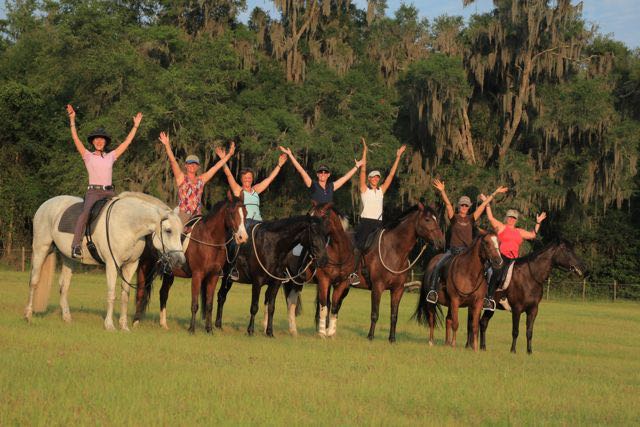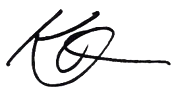(This article was originally written for, and published in Equine Wellness Magazine.)
Why do some students progress more quickly than others? Students often think it is all about taking lots of lessons, but what if your ability to progress wasn’t actually dependent on an instructor?
In my career, I have seen many examples where having the best horse and the best trainer isn’t always a guarantee for success. I have also seen students without access to regular training make huge progress and become amazing riders. How does this happen, and how can you set yourself up for success? Let’s begin by looking at a few common ways that students hold themselves back.
Students who feel stuck often fall into these categories:
The ‘Good Student’
These are the students who want really clear instructions to follow and constant supervision, but when on their own can become paralyzed by the fear of doing something ‘wrong’. Being a ‘good student’ translates into them not doing anything until they are told to do it. This doubt in their own instincts prevents them from being able to offer real communication with the horse in the moment; their responses are always delayed, so a disconnect grows. They may take many lessons and become more and more dependent on their instructor. Their confidence decreases as time goes by. They will eventually hit a wall of frustration.
The ‘Controller’
These are often students who ride in highly competitive or critical environments (and by the way, that environment may be coming from within; self-criticism is often worse than what anyone else can say). ‘Looking good’ is prioritized over harmonious communication, and they get stuck holding everything together in an effort to make it look like things are working when they aren’t. Working too hard to make your horse do simple things makes it impossible to develop more complicated movements later, and fear of the ‘messy moment’ prevents students from experimenting to find the really amazing results. There will always be a point where holding things together no longer works. Either tension builds up that you can no longer control, or dullness and desensitization sets in and you are stuck carrying your horse around the arena.
If a student is stuck in either of these modes, it doesn’t matter if they are in professional training with the best trainer in the world; they will still end up stuck. I have seen many examples of capable students riding excellent horses that were unable to advance. On the other hand, I have met students with very ordinary horses who realize amazing results in spite of little access to instruction.
What do successful students do?
They take full responsibility for their riding.
What does taking responsibility for your riding mean? It means that the rider has a clear vision of what they want to create. They seek resources that serve them, they put high priority on their communication with the horse, and they allow themselves the freedom of trial and error.
Riders who take responsibility show up for lessons knowing what they want to learn. They realize that they need to communicate with their horse and have a keen awareness of the cause and effect of their aids. These students don’t just want to be told to ‘put their leg on’. They want to know why, they want it to feel good, and they are willing to experiment to find that harmony.
Of course some styles of instruction will push students into being afraid to experiment. Some styles of teaching don’t care how hard a student is working as long as they ‘get the horse to do it’. The teacher says: “Get him on the bit”, then says “good” even if the student’s arms are in pain, and the student is crying on the inside because they inherently know that isn’t what they want.

You know more than you think you do.
After decades of empowering students around the world, the biggest breakthroughs don’t come from me teaching them a new fancy technique. They come when I empower them to take responsibility for their riding.
I will share my best advice for students: Start every day by reminding yourself of your vision with your horse. In every moment make clarity of communication the top priority.
They say the best kept secret is between a rider and their horse. Only the rider can really be successful in assessing their vision and communication, and it really is the rider’s responsibility. When I ask a student, “Did your horse really understand you just now?”, students KNOW the answer. It doesn’t matter what I think it looks like if the student KNOWS they and their horse aren’t communicating. I like to give students the freedom to experiment with how to talk with their horse, and freedom to follow through if they know their horse didn’t apply himself. That is what excellent riders are doing all the time instantaneously.
If students take care of their vision and communication, then a world of resources opens up. It will allow students to play freely and become more well-rounded. The more clear you are on the theme, the more you can play with the variety within it and can create a more solid base to your development.
If students stay too single-focused, the risk is tunnel vision and limitation. However, if there is too much variety, training can get scattered and you lose track of where you are heading. The ideal is to find resources that have a clear alignment with your vision and offer some variety on that theme. For example, my vision is excellence in gymnastic development while deepening the partnership between horse and rider so both can have a lifetime of results in harmony (and have fun doing it!). Everything I do and offer points to that, and there is a wide range of topics I share with students from liberty to long lining, from meditation to shoulder-ins. You may have to create your own team of resources but with a clear vision you can do that! Make sure your instructor and your resources are working FOR YOU!
No matter where you are right now in your riding ability, realize you are the one sitting on your horse - Only you can feel what your horse is doing. Only you know what you really asked. Only you know how your horse answered you. With effective communication and a clear vision, you will be able to confidently tell your horse what you want to happen, and make adjustments in that moment to help him do just that. Or, you will know what you need to practice so you can get it right in the future. This empowerment will help you and your horse progress in a way that is a win for everyone.



